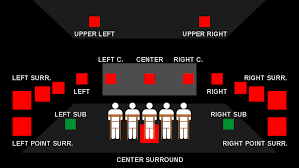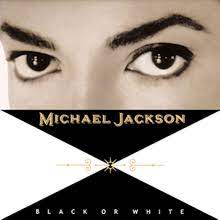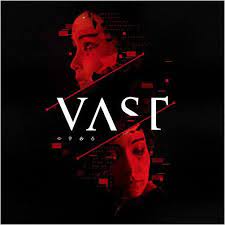Audio/visual 15
Courtesy : Audio/visual The Audio Visuals were an unlicensed series of Doctor Who audio dramas made by British fans in the 1980s. Featuring Nicholas Briggs as the Doctor, twenty-eight audio plays were recorded and distributed on audio cassette between 1985 and 1991 (a pilot, in which the Doctor was voiced by Stephen Payne, was recorded at Chris Corney’s house in…
Read More










